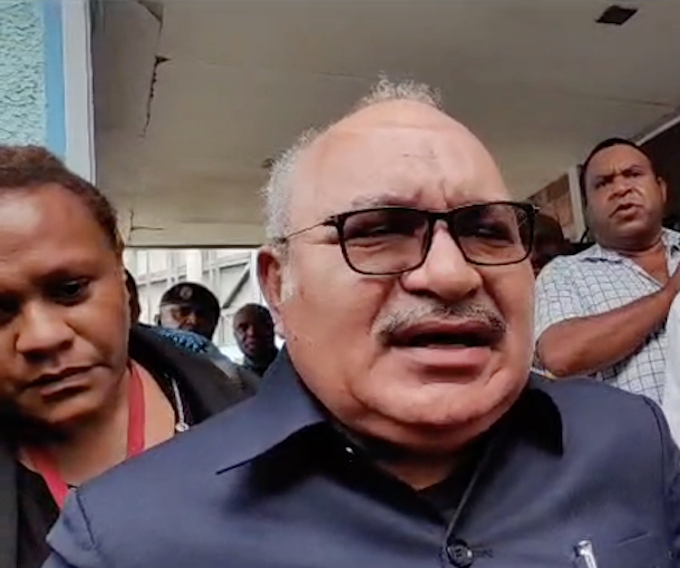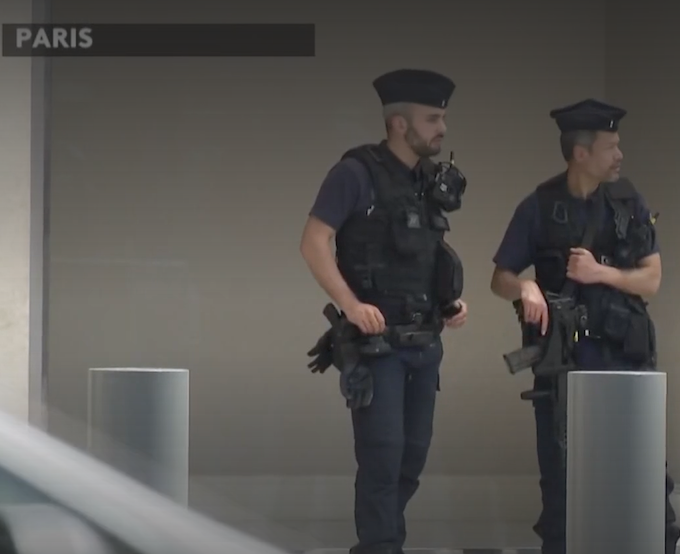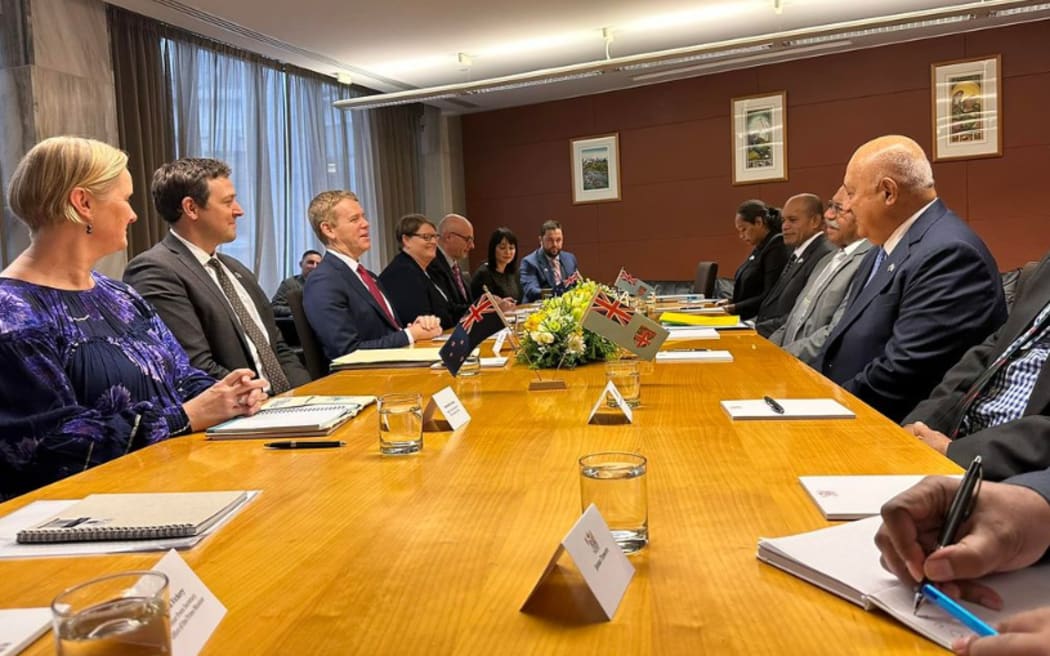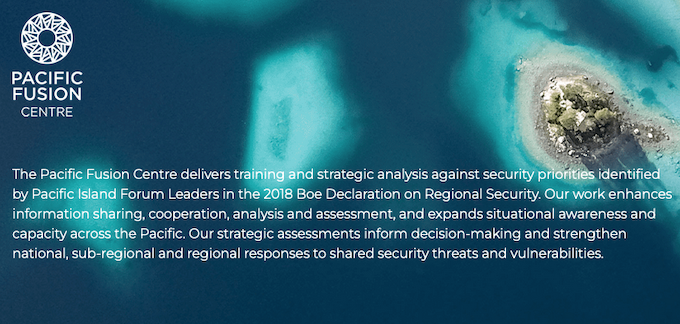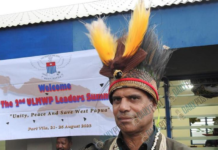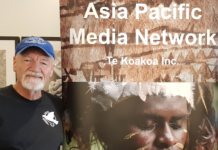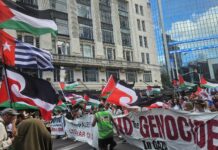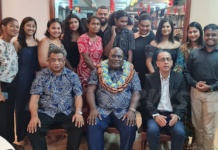The RNZ board is meeting tonight to begin setting up an independent review on how pro-Russian sentiment was inserted into a number of its online stories.
An RNZ digital journalist has been placed on leave after it came to light he had changed copy from news agency Reuters on the war in Ukraine to include pro-Russian views.
Since Friday, hundreds of stories published by RNZ have been audited, and 16 Reuters stories and one BBC item had to be corrected, with chief executive Paul Thompson saying more would be checked “with a fine-tooth comb”.
- LISTEN TO RNZ MORNING REPORT: ‘I think it’s really important that we preserve the editorial independence of an institution like RNZ’ – PM Chris Hipkins
- LISTEN TO RNZ NINE TO NOON: ‘I am gutted. It’s painful,’ says RNZ chief executive
- RNZ chief executive apologises after pro-Russian sentiment added to stories
- Prime Minister responds to questions on RNZ investigation into pro-Russian editing
- Other RNZ inquiry reports
The journalist told RNZ’s Checkpoint he had subbed stories that way for a number of years and nobody had queried it. Thompson said those comments appeared to be about the staffer’s overall role as a sub-editor.
Board chairperson Dr Jim Mather said the public’s trust had been eroded by revelations and it was going to take a lot of work to come back from what had happened.
“We see ourselves as guardians of a taonga and that taonga being the 98 years of history that RNZ has in terms of trusted public media and high standards of excellent journalism and so it is fair to say we are extremely disappointed,” he told RNZ’s Checkpoint on Monday.
“We need to demonstrate that we are prepared to review every aspect of what has occurred to actually start the restoration process in terms of confidence in RNZ.”
The board would discuss who will run the investigation and its terms of reference, and would make a decision “very soon”.
Currency is trust
“The role the board is going to take is we are going to appoint the panel of trusted individuals, experienced journalists, those that do have editorial experience to undertake the review. This is going to be done completely separate from the other work being undertaken by management,” he said.
Dr Mather said the currency of the public broadcaster was trust, and the revelations had impacted the organisation’s journalists.
“I know that we pride ourselves as having the highest standards of journalistic quality so I can just say that it’s had a significant impact also on our journalism team.”
Reuters said it had “addressed the issue” with RNZ, noting in a statement that RNZ had initiated an investigation.
“As stated in our terms and conditions, Reuters content cannot be altered without prior written consent,” the spokesperson’s statement said.
“Reuters is fully committed to covering the war in Ukraine impartially and accurately, in keeping with the Thomson Reuters Trust Principles.”
‘Important that politicians don’t interfere’ – Hipkins
Prime Minister Chris Hipkins said while he would never rule out a cross-party parliamentary inquiry, he had not seen anything so far to suggest the need for an wider action.
Hipkins told RNZ’s Morning Report he was not sure a cross-party parliamentary inquiry on issues around editorial decisions would be a good way of protecting the editorial independence of an institution like RNZ.
“Having said that, we always monitor these kinds of things to see how they are being handled, it’s really important that politicians don’t interfere in that,” he said.
“I think if it reached a point where public confidence in the institution was so badly tarnished that some degree of independent review was required, I’d never take that off the table.”
But in the first instance, it was important to allow RNZ’s management and board to deal with it with the processes that they had in place, Hipkins said.
“I haven’t seen anything in the last few days that would suggest that there’s any case for us to trigger something that’s more significant than what’s being done at the moment.”
Hipkins said he had not sought, nor had, any briefings from New Zealand’s security services in relation to the incident because it was a matter of editorial independence and it was important that politicians did not get involved in that.
“RNZ, while it’s a publicly-funded institution, must operate independently of politicians.”
Not an issue for politicians – Willis
National Party deputy leader Nicola Willis agreed that it was not an issue for politicians to be involved in.
She said it was important the investigation was carried out, and the concern was about editorial standards that let the situation go unnoticed for such a long time.
Trust in media was important and people reading mainstream media expected stories to go through a fact-checking process and reflect appropriate editorial independence, she told RNZ’s First Up.
“I think it will be a watch for newsrooms around the country, and I hope that it’s a thorough investigation that comes out with robust recommendations.”
This article is republished under a community partnership agreement with RNZ.



